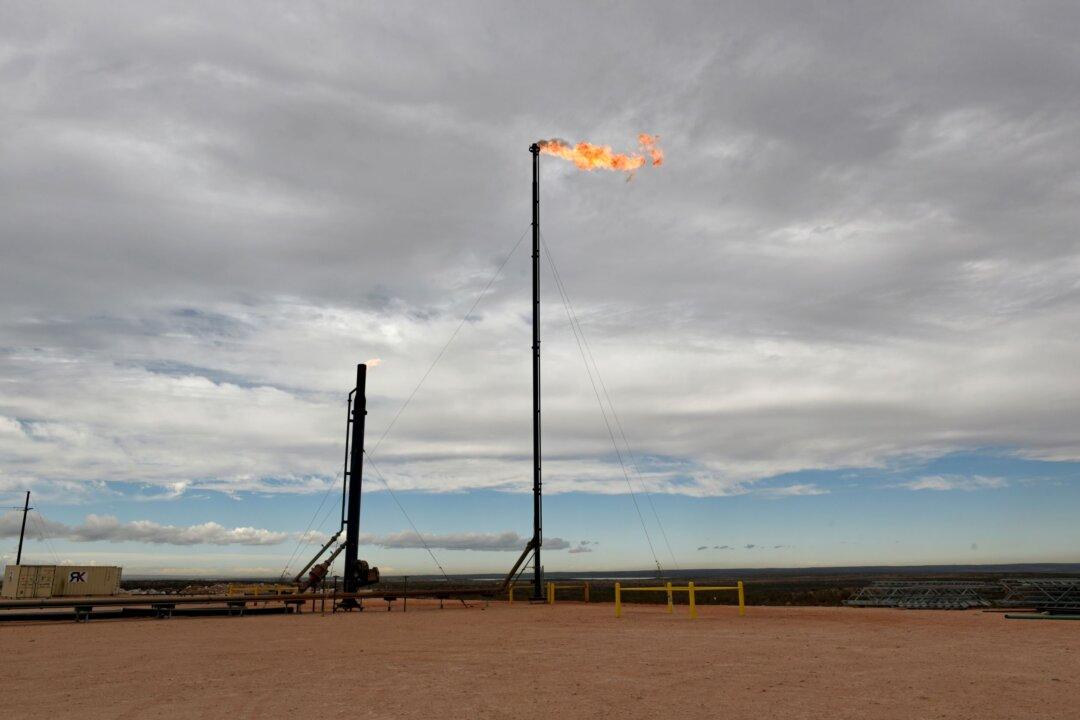The relentless rise in natural gas prices continued on Oct. 6, highlighting the looming threat to U.S. households bracing for higher heating costs in the event of a harsh winter.
U.S. natural gas futures were up 1.11 percent at $6.312 per million British thermal units (mmBtu) in early trading on Oct. 6 after jumping around 9 percent a day earlier to settle at $6.312 per mmBtu, their highest level since 2008.





